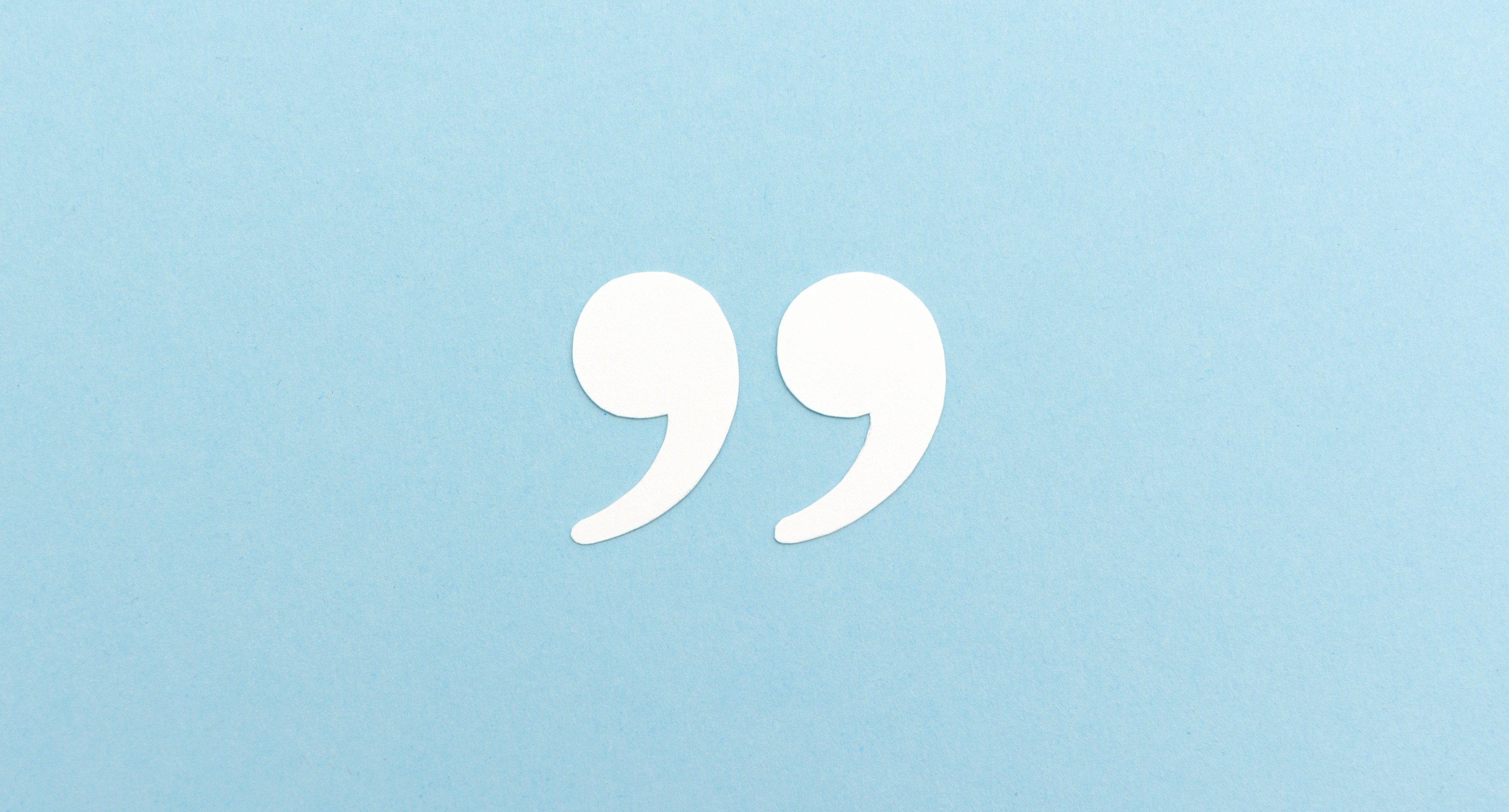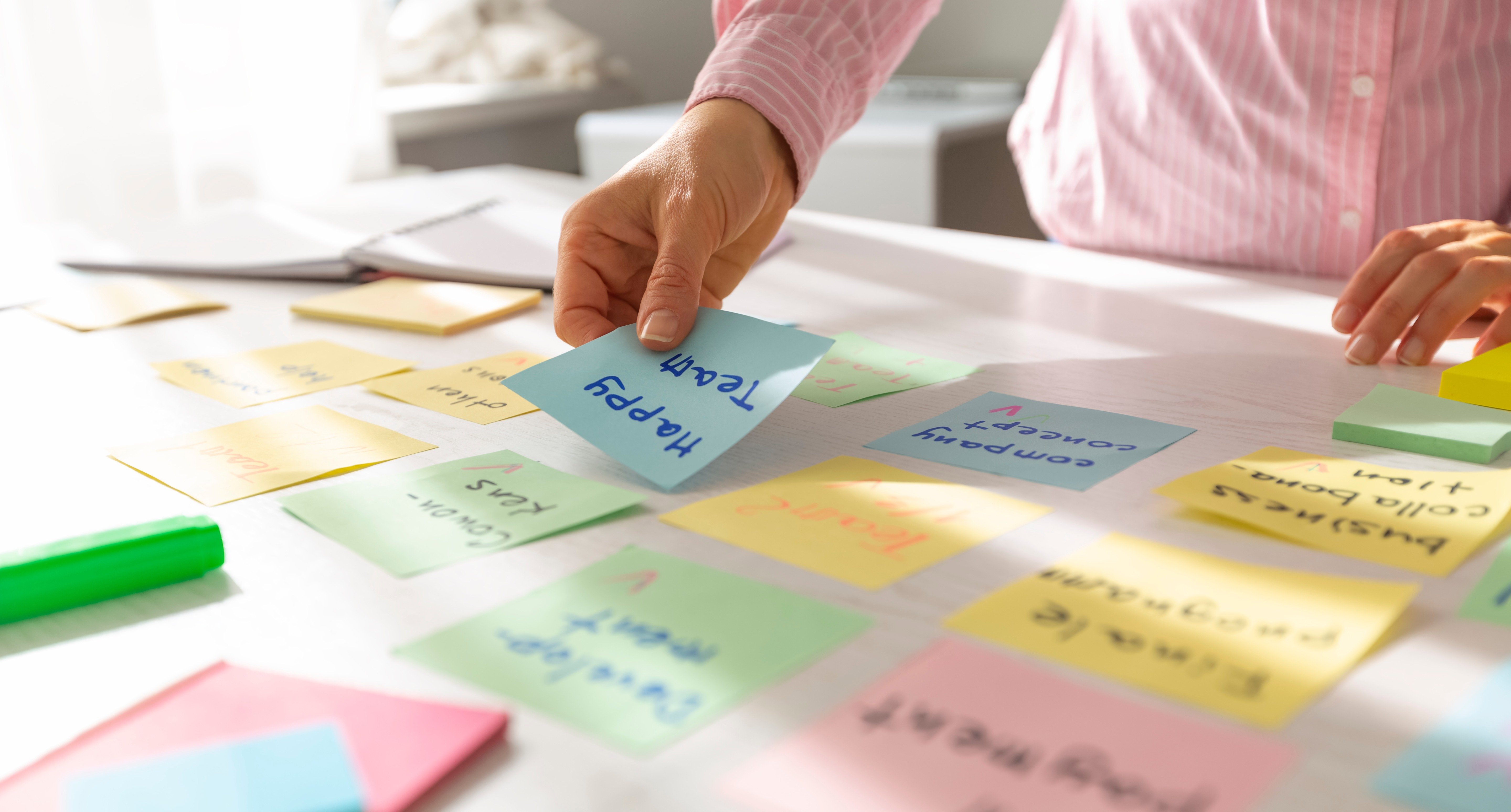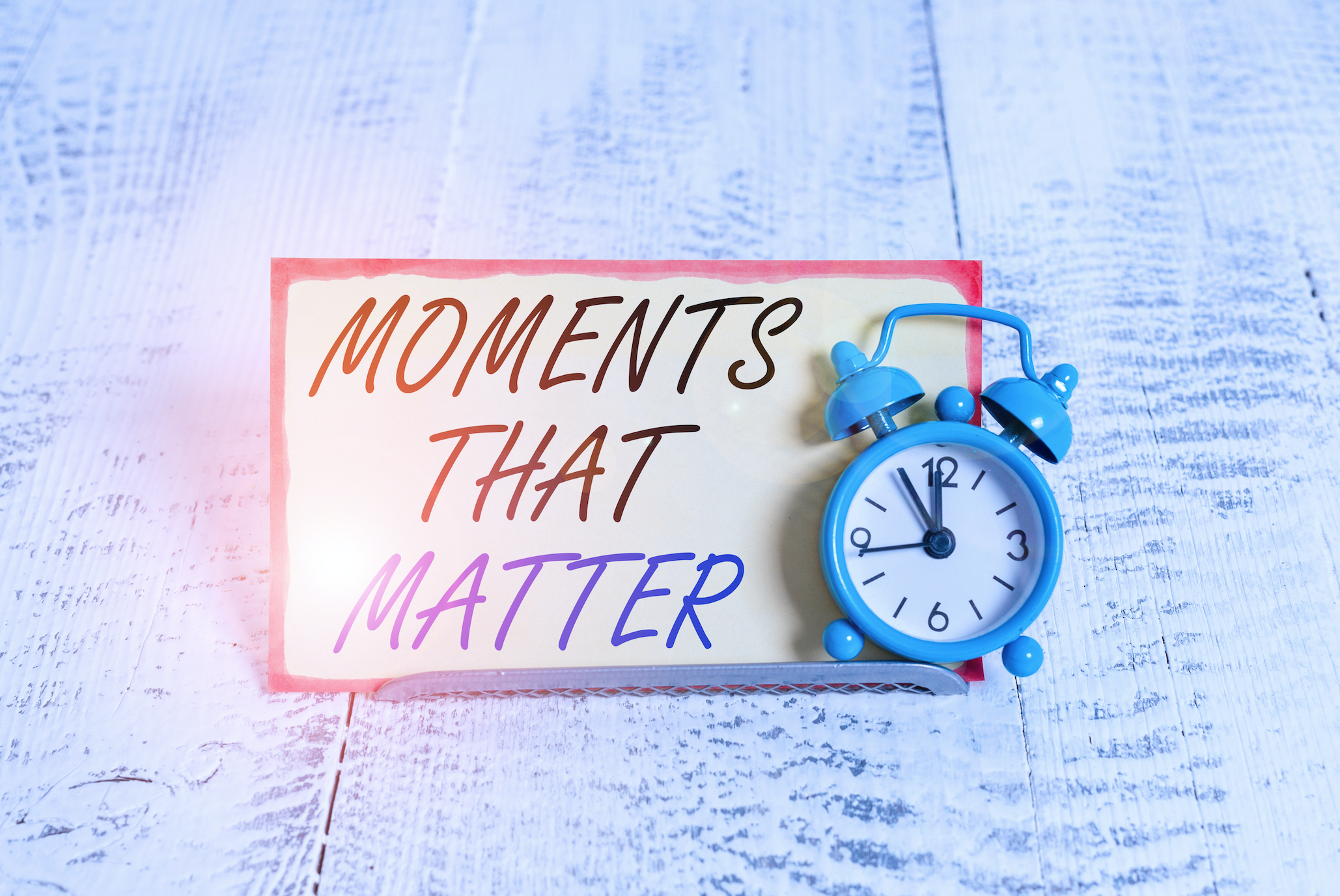“To attract and retain Millennials, and to better serve their mental health needs, The U.S. Department of Labor asserts in a recent article, “many employers and employee assistance professionals are beginning to develop innovative and content-rich EAP [Employee Assistance Programs] messages for young employees in multiple traditional and new media formats.” EAPs have been in use for decades by companies wanting to encourage and reward behaviors that help to reduce stress, decrease absenteeism, increase safety awareness, improve employee retention and significantly reduce the cost of healthcare. The information contained in the DOL’s article advises organizations on several strategies to tailor EAPs or wellness programs for Millenials, or young adults between the ages of 18 and 30. I would like to discuss the strategies mentioned in this article and how a few of these concepts can be practically applied to an employee wellness program.
Integrate Online Resources
Online wellness programs can include rich, resourceful content for participants. When a wellness program website is in place, employees can access information online anytime, anywhere. Millenials are often comfortable around computers and online wellness programs allow employees to privately take health assessments, learn about the EAP services available from their company and sign up for email communications about the wellness program.
Update Promotional Materials
If a company already has a wellness program in place, it might be a good time to give the program a face lift by coming up with a new theme for the website, emails, posters, flyers and any other materials used to communicate the program. The DOL advises that for programs targeted to Millennials, “streamlined fonts, brighter colors, more modern design and more contemporary messages” should be used to attract their attention.
Change Wellness Seminars to Brown Bag Lunches
Many wellness programs offer employees bankable points for attending seminars and I really liked the idea proposed by the DOL’s article of finding topics that would be suitable to present for brown bag lunches or webinars. By simply changing the word “seminar” to brown bag lunch, presentation or webinar, the event is more appealing and attractive to Millennials, thus greater attendance can be achieved.
Include Appealing Wellness Award Selections
Having a well-balanced award catalog is an excellent way to ensure the wellness awards available will be appealing to all employees. Lifestyle merchandise catalogs include many different types of items, hundreds of name brands and have a very high trophy value. From exercise equipment and small kitchen appliances to the latest electronic items and ergonomic furniture, lifestyle merchandise catalogs contain awards that are in-demand and bestow bragging rights on the recipient.
Develop Retention Strategies
Wellness programs often have a narrow focus but many companies opt to add employee recognition and mentoring components to their EAP in order to develop a comprehensive retention strategy. Millennials have just started their careers and as such retention tools such as recognition and mentoring programs can be leveraged to increase employee loyalty.
“For decades,” The DOL’s article concludes, “EAPs have demonstrated their value, both to the individuals whose lives they have improved and to the employers and work organizations that benefit from having healthy workers.” As new generations enter the work force, it is necessary for EAPs to evolve to meet the needs and tastes of employees in order to be successful in its mission to increase employee health, happiness and overall wellness.







Leave a Comment